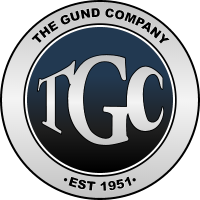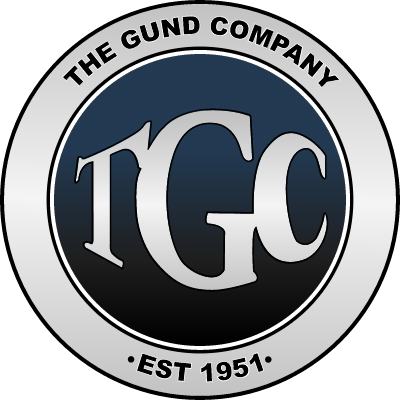ELECTRIC VEHICLE & ENERGY STORAGE MATERIAL SOLUTIONS
MANUFACTURERS OF ENGINEERED FLEXIBLE AND COMPOSITE INSULATION MATERIALS SUITED FOR BATTERY, CHARGING, AND FUEL CELL APPLICATIONS.
With cutting-edge fabrication and converting capabilities across 12 global locations, we assist our customers from designing products based on their specifications through to full-scale production.
The Gund Company offers quick turnaround times on prototypes and provides flexible material selection guidance and collaboration for electric vehicle insulation.
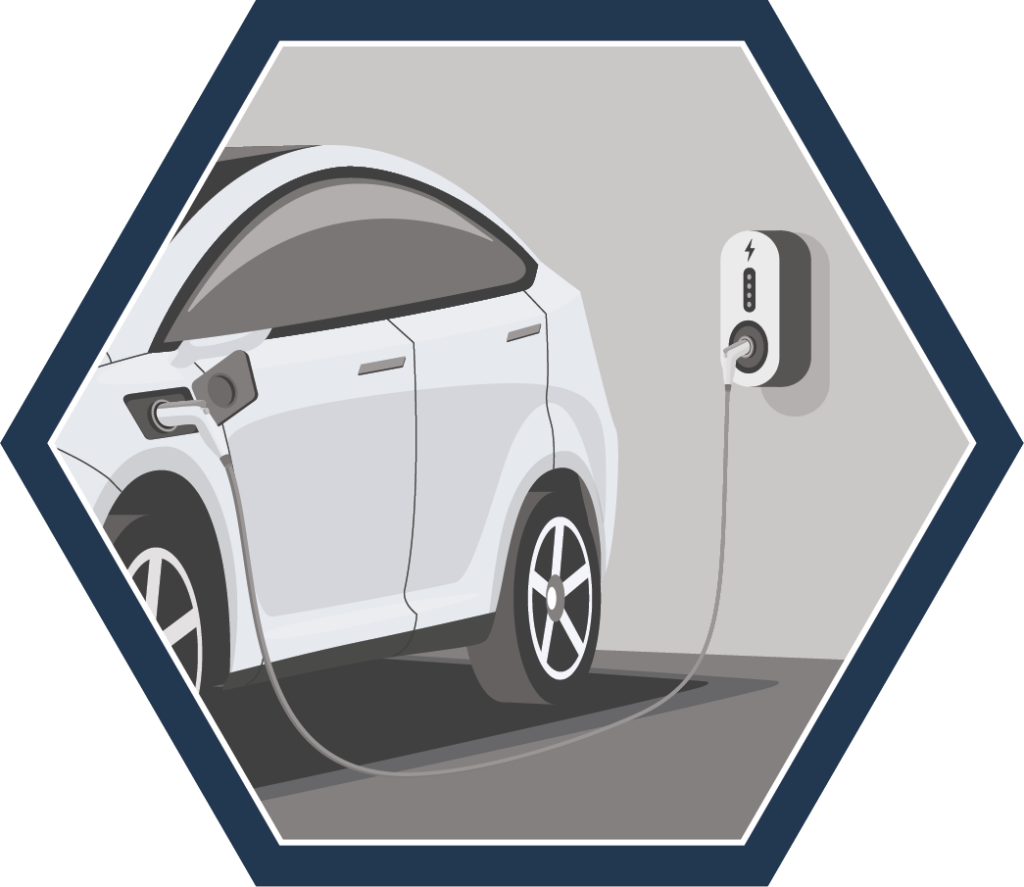
BATTERY SOLUTIONS
THE GUND COMPANY MANUFACTURES FLEXIBLE AND RIGID MATERIALS SUITED FOR ELECTRICAL AND THERMAL INSULATION APPLICATIONS.
Found in aerospace, electric vehicle, and grid applications, our engineered material solutions are used to improve system performance within the cell, module, and pack.

Separator Film
- G-Flex EV100 – Meta-aramid coated film
- G-Flex EV200 – Ceramic & Meta-aramid coated film
- G-Flex EV300 – Ceramic & Para-aramid coated film
Battery Cell Solutions
The Gund Company provides flexible materials used in cylindrical, prismatic, and pouch cells of all sizes. These materials are designed according to our customers’ specifications to make the cell more efficient while also making it safer. The insulating properties of PolyPro FR and PolyPro EV make it an ideal solution for dielectric barriers within cylindrical cells and prismatic battery covings. G-Flex EV is a durable and low-density coated polyester with excellent wettability characteristics making it a great solution for separator films in all battery configurations.

UL V-O Flame-retardant polypropylene created for power system insulation applications.
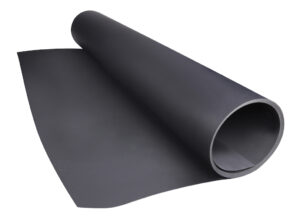
Advantages
- Excellent formability
- High dielectric strength for high-voltage batteries
- Thickness range: 0.005” – 0.125”

Polypropylene-based insulating film used primarily in battery cells.
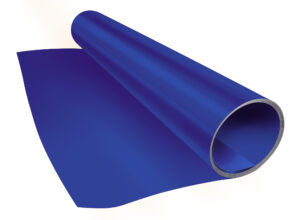
Advantages
- Ultra low-cost
- Suitable for high volume manufacturing
- High dielectric strength
- Thickness range: 0.005” – 0.125”

Meta-aramid coated separator film used primarily in battery cells.

Advantages
- Meta-aramid coating improves wettability and long-term performance
- Superior thermal endurance
- 25-micron thickness
Battery Pack Solutions
Electrical and thermal insulation materials are critical to ensure a battery system functions safely. The Gund Company manufactures electrical insulation materials to prevent arcing within the battery pack, and thermal insulation materials to inhibit heat transfer and combat thermal runaway.

Dielectric Barrier
- Propellis – Flexible glass fabric with high-temperature epoxy
- PolyPro FR – UL-49 V0 Polypropylene film
- FR4 – UL-94 V0 Glass-Epoxy thermoset
We offer a variety of electrical insulation materials depending on the application need. Flexible materials such as PolyPro FR and Propellis are ideal for tight spaces that don’t require mechanical support such as linings and spacers. Other materials like FR4 exhibit similar dielectric properties while also providing mechanical strength.
Thermal insulation materials such G-15 function similar to FR4 but in environments of much higher temperatures. Mica inhibits heat transfer which is critical to ensure heat generation is compounded within the pack. In instances where heat or flame has become uncontrolled, G-Flex FB functions as a flame barrier slowing the progression of a thermal event.
ELECTRICAL INSULATION PRODUCTS

UL-94 V0 Flame-Retardant polypropylene created for power system insulation applications
Advantages
- Excellent formability
- High dielectric strength for high-voltage batteries
- Thickness range: 0.005” – 0.125”

Single-layer woven glass fabric with high-temperature epoxy resin
Advantages
- Ultra-thin profile – down to 0.005”
- Won’t melt like other thermoplastics
- High tensile and compressive strength

UL-94 V0 Glass epoxy thermoset material used for general insulation applications
Advantages
- Excellent dielectric performance
- Great mechanical properties
- 130°C temperature rating
THERMAL INSULATION PRODUCTS

CHARGING & POWER DISTRIBUTION SOLUTIONS
POWER UP WITH THE GUND COMPANY’S VERSATILE MATERIALS FOR CUTTING-EDGE CHARGING AND POWER DISTRIBUTION SOLUTIONS
As experts in our field, we know a thing or two about making insulation components for power systems of all sizes. After we make the material, we can convert it to any shape our customer requires.
Custom Molding

By SMC or BMC molding, The Gund Company can provide complex components saving customers on part and assembly costs.
• Standoff Insulators
• Electrical insulation components
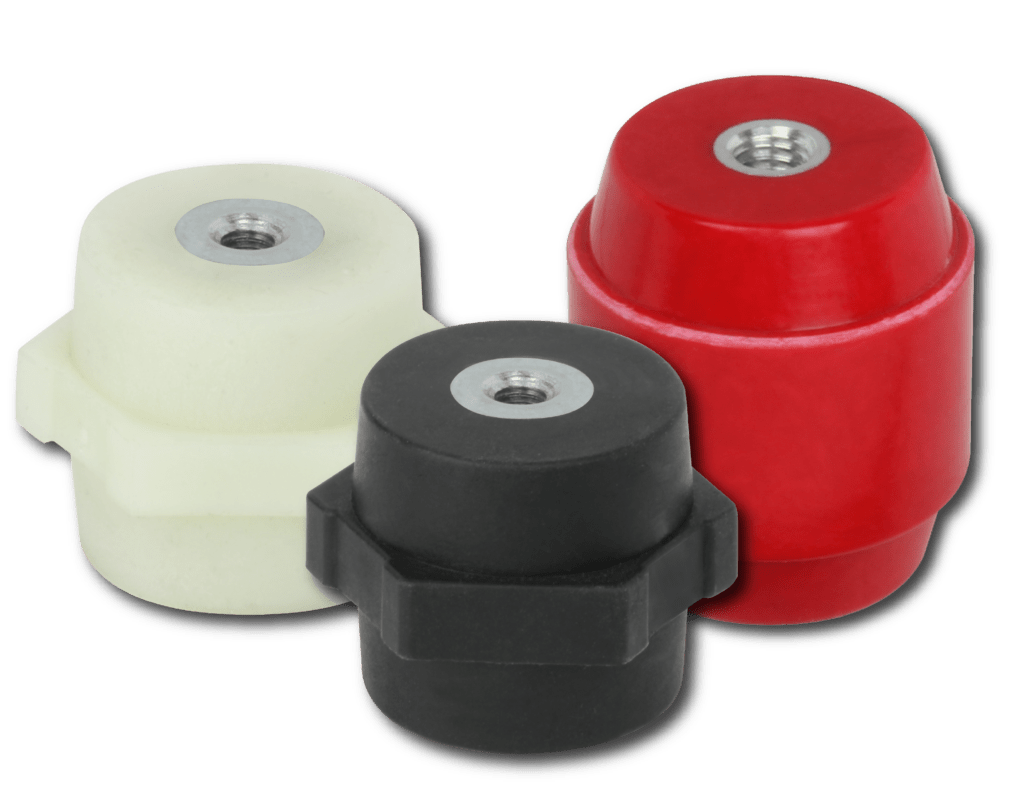

Coated para-aramid flexible flame barrier for thermal runaway protection
Advantages
- 1000°C Para-aramid barrier
- Passes China bonfire test
- High tear strength but flexible
- Thin profile 0.028”

High temperature mineral-based thermal insulation material
Advantages
- Rigid and flexible options
- 1000°C temperature rating
- Thin Profile – down to 0.005
- Cost efficient

Woven fiberglass composite with high-temp polyamide resin blend
Advantages
- Excellent dielectric performance
- Superior mechanical properties
- 240°C temperature rating
Machining
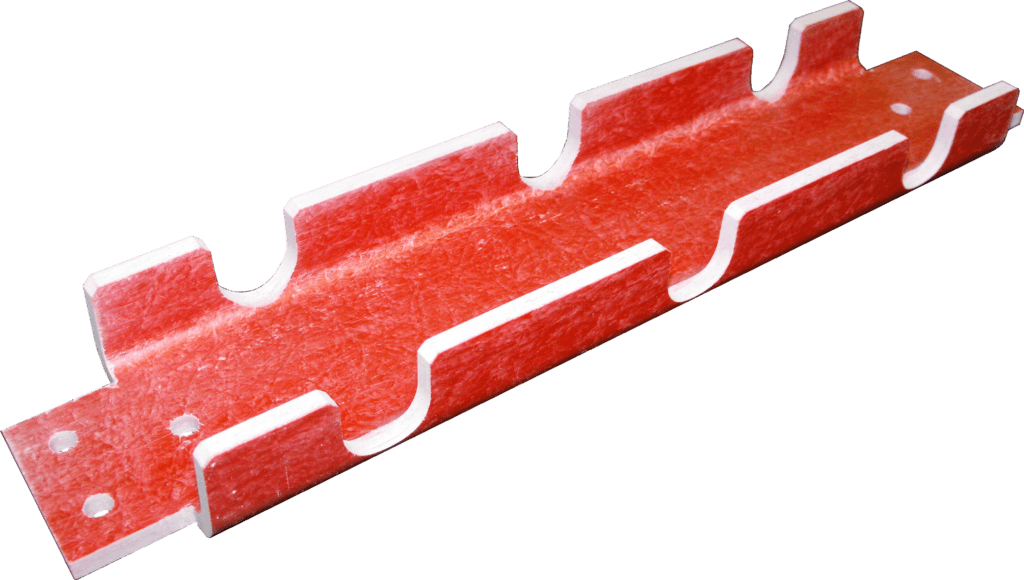
The Gund Company can machine virtually any composite material at one of our many manufacturing facilities worldwide.
• NEMA GPO-3
• NEMA G-10/FR4
• Polycarbonate
• Mica

Flexible Converting

In addition to machining, The Gund Company can convert flexible materials by knife-cutting, die-cutting, laser-cutting and thermoforming.
• PolyPro™ FR
• Polycarbonate
• G-Flex™ YT510
• PET
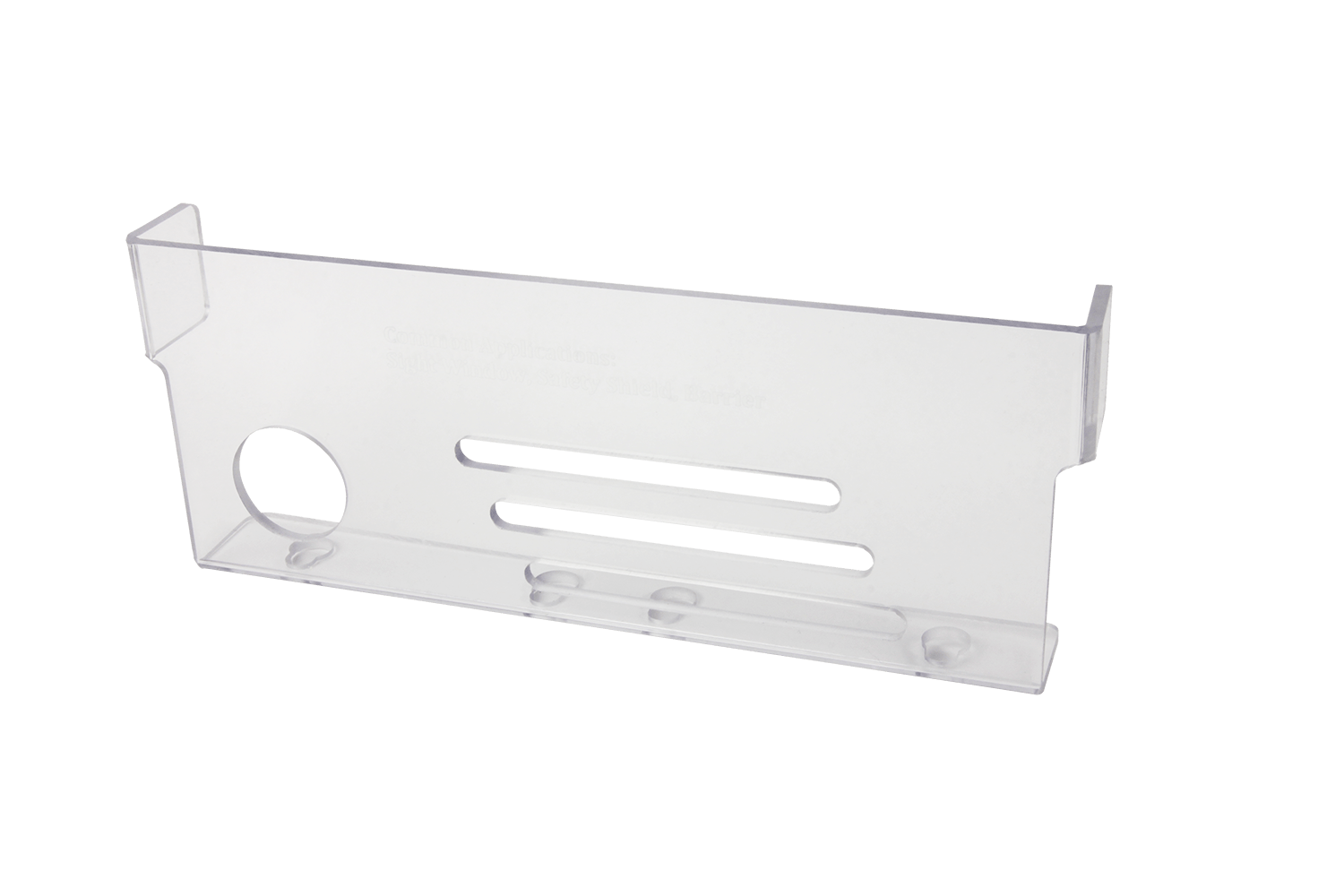
Elastomeric Converting
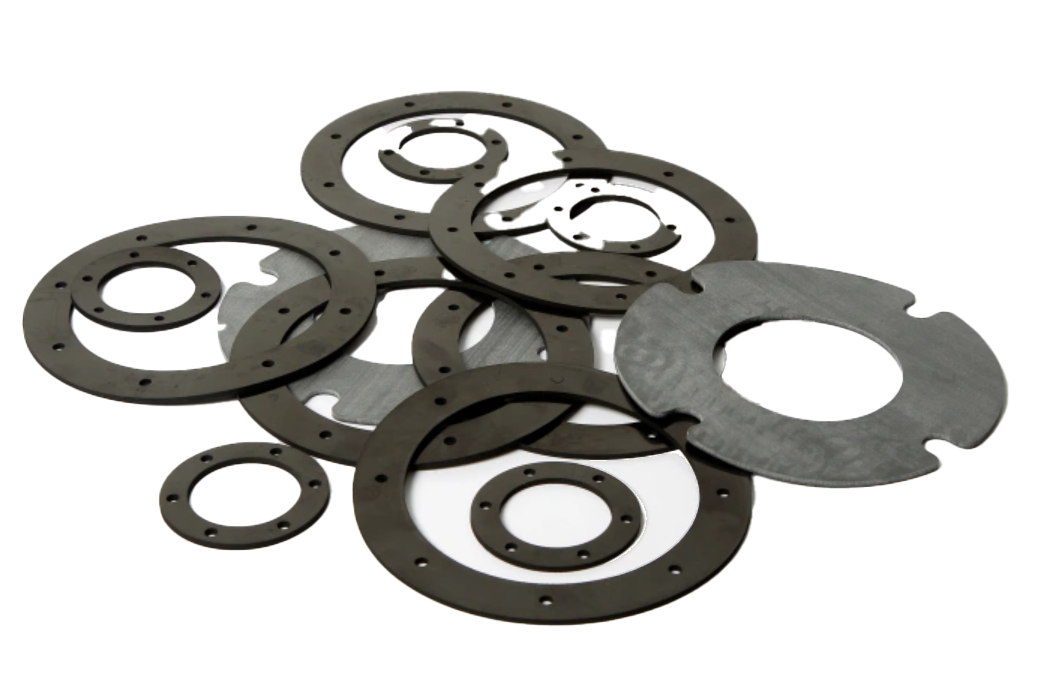
The Gund Company can solve your sealing needs by providing a variety of gasketing and sealing solutions.
• Rubber
• Foam and Sponge
• EMI Shielding
• O-Rings

Contact us for more information on how The Gund Company can support your charging or power distribution applications.

FUEL CELL SOLUTIONS
THE GUND COMPANY POWERS THE FUTURE: INNOVATING COMPOSITE MATERIALS FOR ADVANCED FUEL CELLS.
Form machined manifolds and end plates, to filament wound tanks, the Gund company can manufacture a variety of components used in fuel cell stacks and fuel cell systems.
| Material | Description | Battery Cell | Battery Pack | Charger/Power Distribution | Fuel Cell |
|---|---|---|---|---|---|
| G-Flex EV | Meta-aramid coated separator film with excellent thermal resistance and wetability. | ✔ | – – – – – – | – – – – – – – – – – | – – – – |
| G-Flex FB | Coated para-aramid flame barrier. Withstands temperatures above 1000°C. | – – – – – | ✔ | – – – – – – – – – – | – – – – |
| PolyPro FR | UL94 V-0 polypropylene material used as a dielectric barrier in power equipment and battery packs. | ✔ | ✔ | ✔ | – – – – |
| PolyPro EV | Polyproylene-based insulting film used primarily in battery cell applications. | ✔ | – – – – – | – – – – – – – – – – | – – – – |
| Propellis | Single-layer woven glass fabric with a high-temperature epoxy resin for module, pack, and charger insulation. | – – – – – | ✔ | – – – – – – – – – – | – – – – |
| Polycarbonate | High-strength transparent thermoplastic material with good electrical insulation characteristics used for viewing protection. Also Available in a variety of colors. | – – – – – | – – – – – | ✔ | – – – – |
| Mica | Mica M and Mica P – alumino-silicate with exceptional thermal characteristics. Often suited for high-temperature electrical and thermal insulation applications. | – – – – – | ✔ | ✔ | ✔ |
| NEMA GPO-3 | GPO-3 is a UL-recognized composite that offers excellent track, arc, and flame resistance. Suited for high-voltage insulation applications. | – – – – – | – – – – – | ✔ | – – – – |
| NEMA FR4/G-10 | UL94 V-0 glass epoxy composite. Maintains excellent mechanical, electrical, and physical properties at elevated temperatures. | – – – – – | ✔ | ✔ | ✔ |
| NEMA G-15 | Glass thermoset with Polyamide resin. Maintains excellent mechanical and physical properties at temerpatures greater than 200°C. | – – – – – | ✔ | – – – – – – – – – – | ✔ |
| Standoff Insulators | UL-listed epoxy, Nylon, or polyimide material options ideal for supporting bus bars or other live electrical components. | – – – – – | – – – – – | ✔ | – – – – |
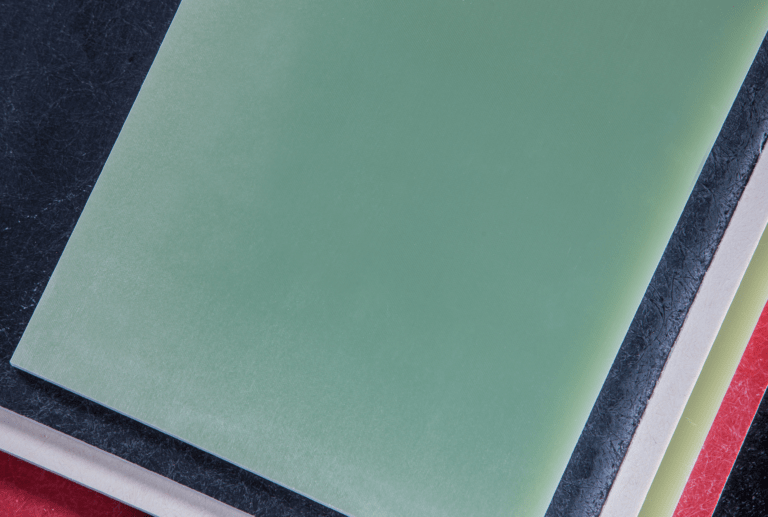
Composite Manufacturing
With composite sheet, autoclave, and filament winding capabilities, The Gund Company supports the production of various fuel cell components.
- G10 End Plates / Manifolds
- Mica Gaskets and Seals
- Filament Wound Hydrogen Tanks

Fabrication
The Gund Company can machine virtually any composite material at one of our many manufacturing facilities worldwide.
- 5-Axis Machining
- CNC Routing
- Lathe Cutting
- Waterjet
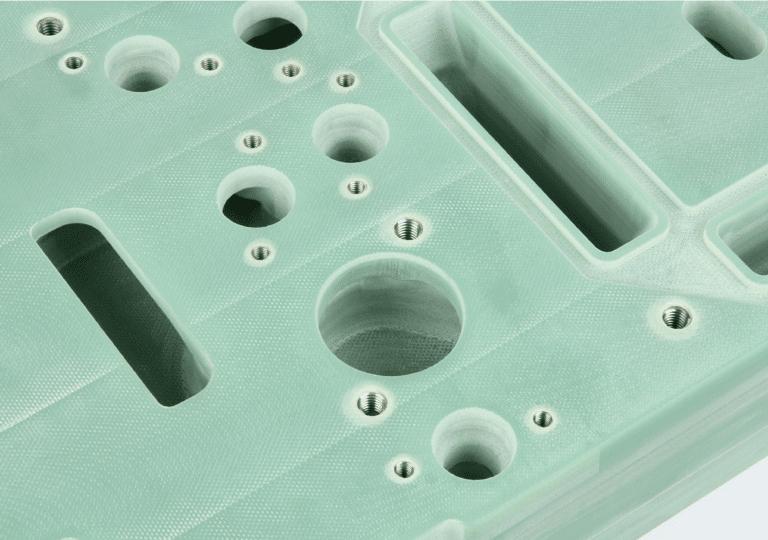
Assembly
We manufacture the material and fabricate the parts. The Gund Company can assemble or provide secondary operations to streamline your production.
- Insert Assembly
- Labeling / silk-screening
- Painting
- Waterjet
ELECTRIC VEHICLE & ENERGY STORAGE
MANUFACTURERS OF ENGINEERED FLEXIBLE AND COMPOSITE INSULATION MATERIALS SUITED FOR BATTERY, CHARGING, AND FUEL CELL APPLICATIONS.
With cutting-edge fabrication and converting capabilities across 12 global locations, we assist our customers from designing products based on their specifications through to full-scale production.
The Gund Company offers quick turnaround times on prototypes and provides flexible material selection guidance and collaboration for electric vehicle insulation.

